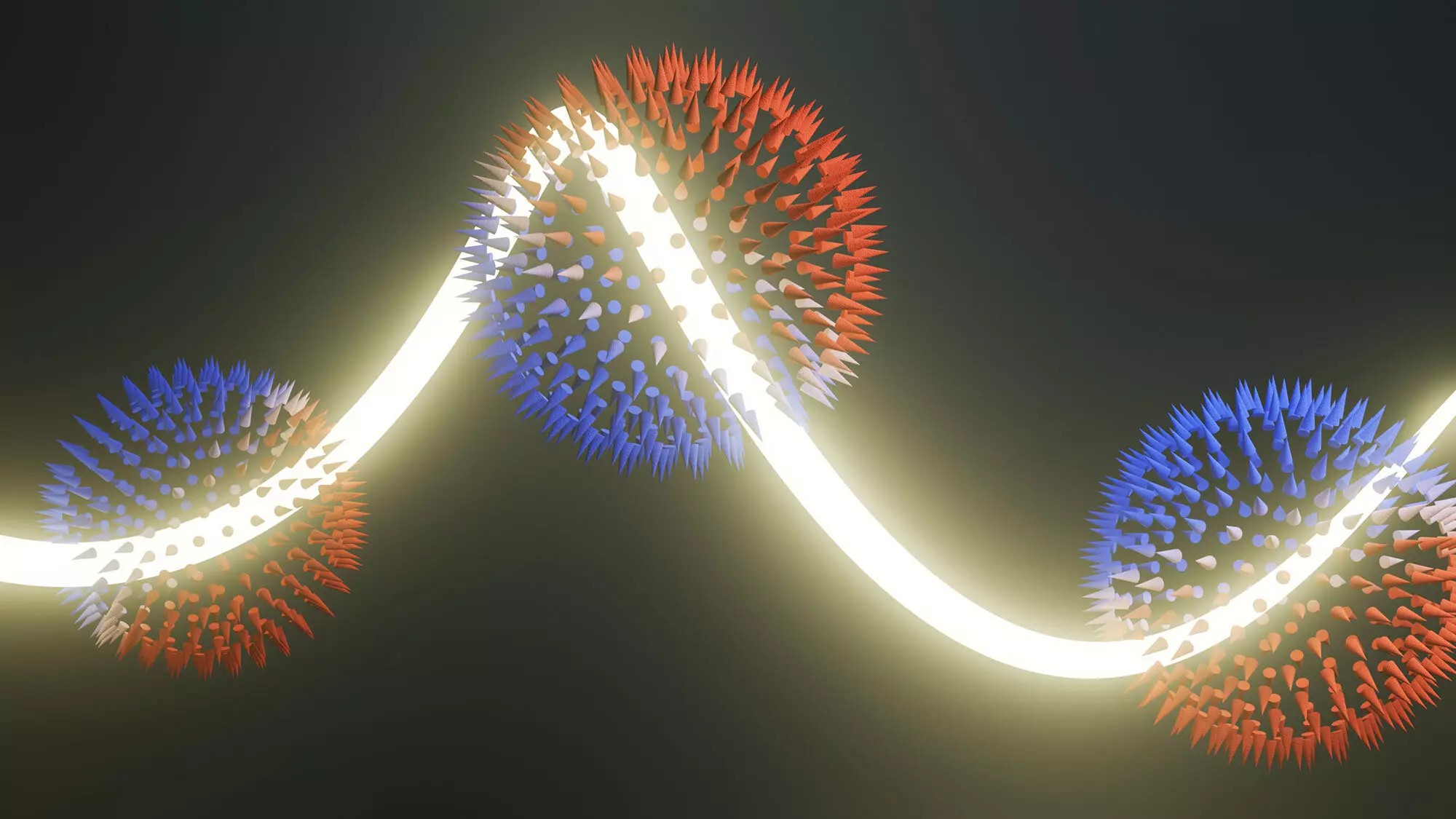The realm of electronics has been steadily eclipsed by innovative technologies that promise greater efficiency and lower environmental impact. Among the most exciting advances is the field of **orbitronics**, which leverages the orbital angular momentum (OAM) of electrons—a radical departure from traditional electronics that depend largely on electron charge. While the spotlight has primarily been on **spintronics**, which uses the spin of electrons as a medium for information exchange, orbitronics is poised to challenge this notion, chiefly due to its potential to enhance memory devices and other applications through more efficient energy use.
The Theoretical Foundations of Orbital Angular Momentum
Theory has long predicted the existence of OAM monopoles—topological configurations where the angular momentum flows uniformly outward, resembling the quills of a rolled-up hedgehog. This isotropic property is crucial; if OAM can radiate outwards in any direction, it suggests unparalleled versatility in how information is stored or processed. However, a significant gap between theoretical predictions and experimental observations previously clouded our understanding, leaving many researchers to regard OAM monopoles as little more than an academic curiosity.
At the core of this innovative research is the need for materials capable of generating sustained flows of OAM. Identifying such materials is key to unlocking the full potential of orbitronics. A landmark study by an international team led by the Paul Scherrer Institute (PSI) and the Max Planck Institutes has spotlighted **chiral topological semi-metals** as strong candidates for this purpose. These materials, characterized by a helical atomic structure and an inherent “handedness,” already possess a natural propensity for OAM generation, distinguishing them from conventional materials like titanium which have been previously tested.
Recently published research in *Nature Physics* has provided concrete experimental evidence confirming the theory of OAM monopoles in chiral topological semi-metals. At the Swiss Light Source (SLS), researchers utilized advanced techniques like **Circular Dichroism in Angle-Resolved Photoemission Spectroscopy (CD-ARPES)**. Traditionally seen as the gold standard in providing insights into electronic structures, CD-ARPES presented its own set of complexities when attempting to quantify OAMs. A critical challenge lay in the misconception that the CD-ARPES signals were directly proportional to OAM, leading to difficulties in data interpretation.
By rigorously testing their assumptions and varying photon energies, the research team was able to illuminate the hidden textures of OAM within their experimental data. This meticulous approach revealed a crucial rotation of the CD-ARPES signal around the monopoles—a breakthrough that bridged the gap between theoretical predictions and empirical evidence.
The revelations surrounding OAM monopoles are not merely of academic interest. The inherent properties of these materials could pave the way for revolutionary developments in orbitronics devices. The ability to manipulate the **polarity** of OAM monopoles using crystals with matching chiral structures could lead to devices with customized directionality. This adjustment could facilitate practical applications in memory technology and results in a framework that could ultimately consume less energy while providing higher performance.
As researchers delve deeper into the rich field of orbitronics, the implications of this research extend beyond practical technological applications to the fundamental understanding of quantum mechanics and materials science. The avenue of studying OAM textures across various materials now opens a dynamic frontier, encouraging further exploration and innovation.
The discovery of orbital angular momentum monopoles elevates the discourse surrounding the future of electronic technologies. The convergence of theory and experimental validation heralds a new era within the field of orbitronics. While addressing environmental sustainability and energy efficiency, this research responds to the pressing need for next-generation storage and processing technologies that can meet the demands of an increasingly digital world.
Moreover, as chiral topological semi-metals offer a promising platform for realizing these OAM flows without the need for external stimuli, the potential of orbitronics is just beginning to be explored. This newfound understanding can guide the global research community in optimizing materials, enriching the entire landscape of electronic technology. As the dialogue between theory and application continues to evolve, the role of OAM in reshaping electronics is poised to be profound and transformative.

